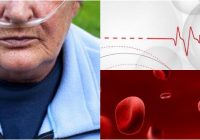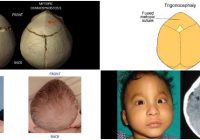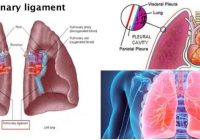Trichoepithelioma: Causes, Symptoms, Diagnosis, and Treatment
Is a dermatologic issue featuring growths that originate from hair follicles. This condition consists of a neoplasm (an abnormal growth of tissue) that affects an adnexa of the skin. The “adnexa” refers to anatomical structures adjunct to an organ. Sometimes people use the term “appendage” instead. When it comes to the skin, its “adnexa” or “appendages” include sebaceous… Read More »








